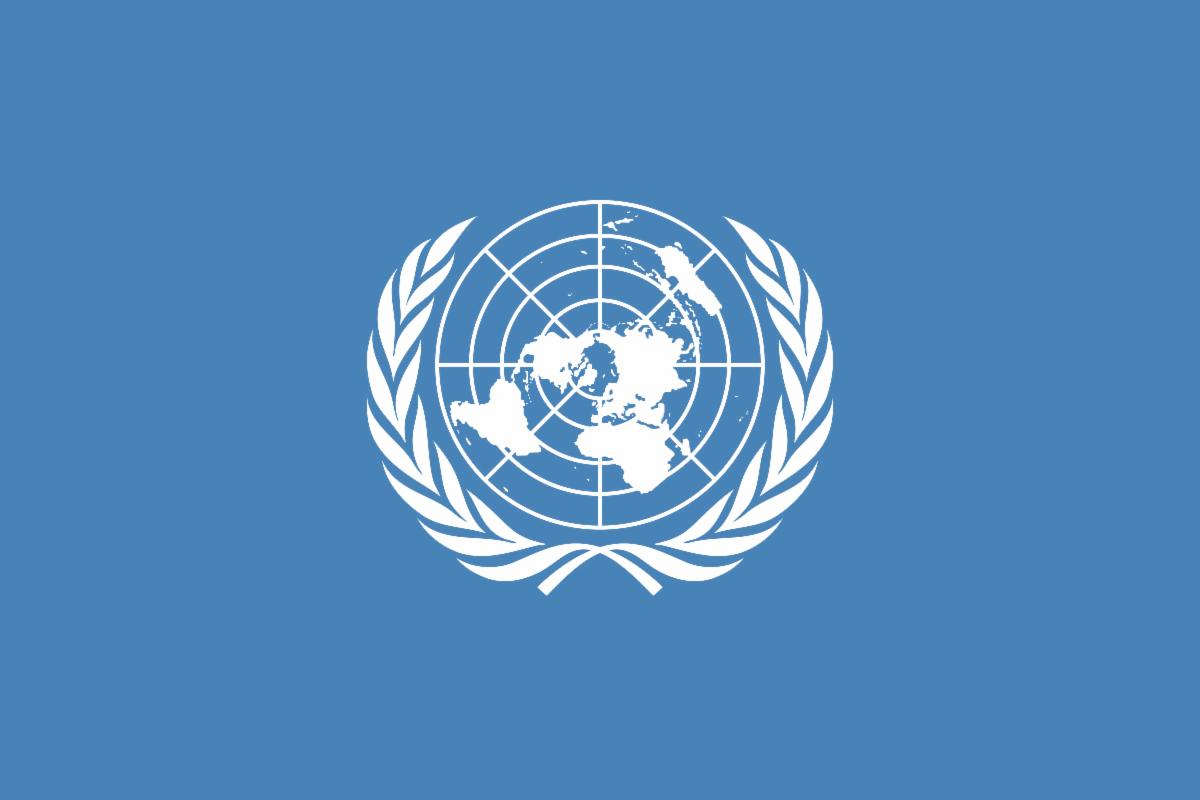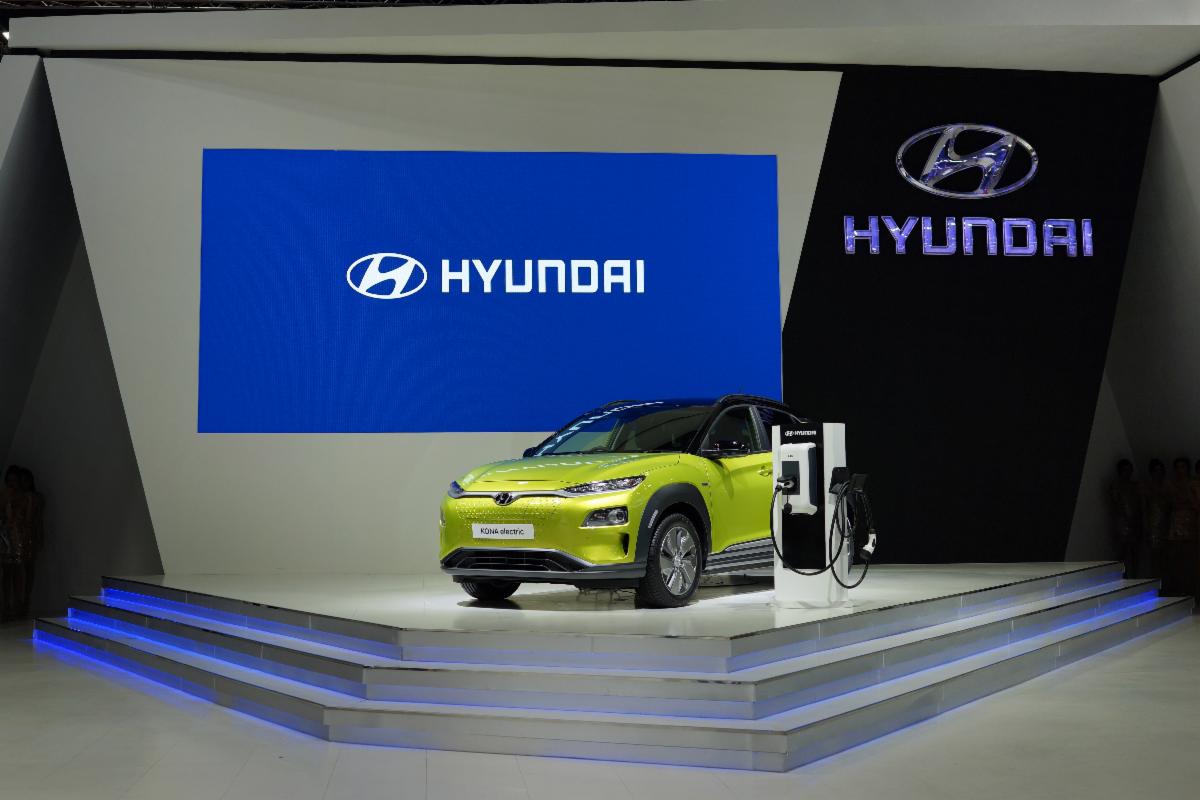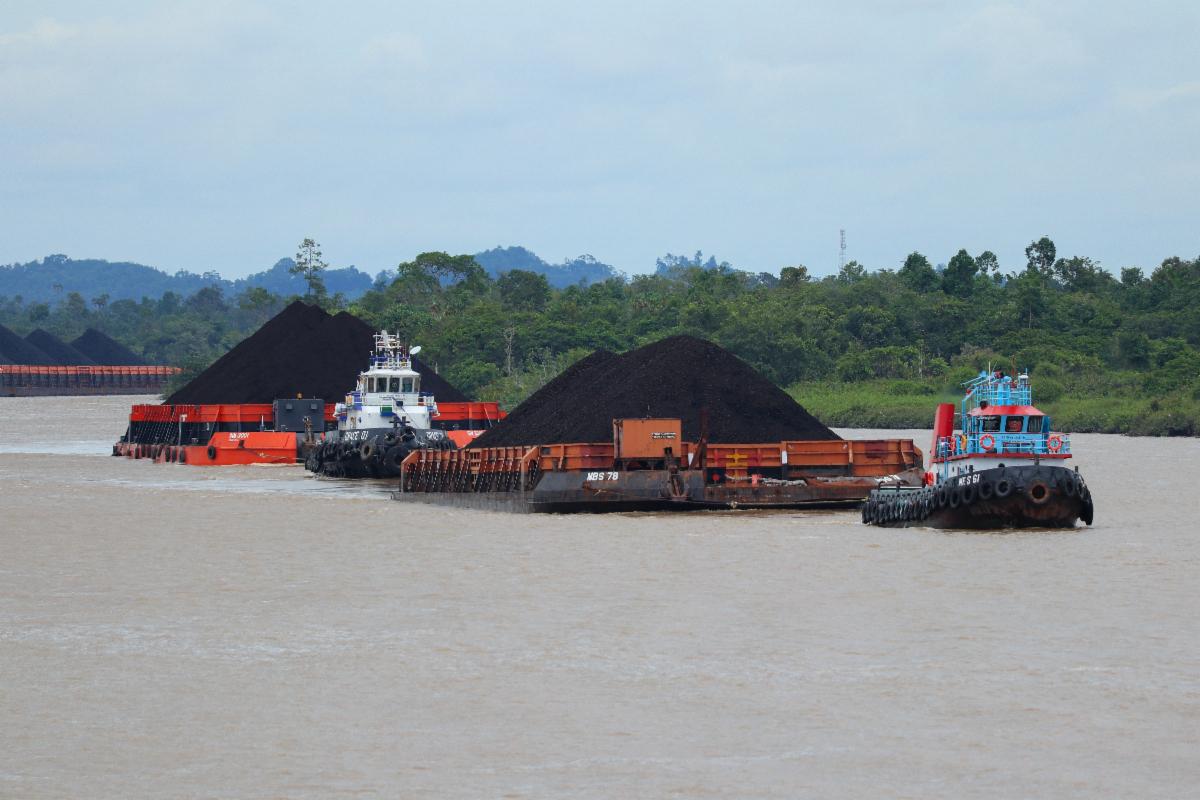Indo-Pacific Energy Update – April 20, 2023
Indo-Pacific Energy Update – April 20, 2023
Want to receive future energy updates? Subscribe here.

United Nations to accept deep-sea mining applications
The UN’s International Seabed Authority (ISA) said it will receive deep-sea mining applications for project outside member countries’ Economic Exclusion Zones beginning on July 9. The ISA’s governing council will hold a virtual, two-week session to establish a mining code prior to the application period, although members have raised concerns about whether that will allow sufficient time to finish the code and whether the ISA will be able to vet applications properly without it. As of January 2023, the ISA had entered into thirty-one exploration contracts with twenty-two contractors, including seven contractors from China, India, Japan, and South Korea.
Why it matters: Governments and mining companies are interested in opportunities to extract critical minerals such as nickel, cobalt, manganese and rare earths from the sea floor. Deep sea mining could allow countries like India, Japan, and South Korea, which are dependent on critical minerals imports for domestic clean technology industries, to reduce their import-dependencies, at least to an extent. China still possesses an estimated 60% and 85% shares of global rare earths production and processing capacities, and is among the leading refiners and smelters of cobalt and nickel, respectively.
The ISA has yet to define how financial benefits of deep-sea mining will be allocated to ISA member states, including non-participatory or landlocked states. Though environmental impacts of deep-sea mining remain controversial, the ISA’s governing council will weigh this against the minerals’ potential to contribute to lower global emissions. With profits possibly exceeding $1.2-1.7 billion per mining venture, according to an ISA-supported study, deep sea mining represents a significant new commercial opportunity as well.

India receives billion-dollar renewable energy investment
On April 17, the Canadian investment firm Brookfield signed an agreement to invest $1 billion in the Indian renewable energy firm Avaada Ventures, through a holding company. Brookfield and the regional Rajasthan government aim to increase solar module manufacturing capacity and to expand green ammonia production, among other renewable energy ventures. According to climate change think tank Ember, India in 2022 generated 23% of its electricity from renewable sources, primarily from hydropower (9.5%) and a combination of solar and wind energy (9%).
Why it matters: India will need immense financing to successfully transition away from fossil fuels. In recent weeks, India has pursued several exploratory projects and investments similar to Brookfield’s, such as funds from the Asian Development Bank for biomass plants, battery storage, and a regional clean energy transition fund. But a report by the International Forum for Environment, Sustainability, and Technology estimates India will need $900 billion over the next thirty years to transition from coal alone. Coal growth met 74% of India’s new electricity demand in 2022 and accounted for 74% of India’s electricity overall since 2021, and while solar energy generation grew by 39% in 2022, it and other renewables only met 25% of India’s new electricity demand. India’s record pace of solar capacity installation is not enough, however; the country needs exceptional growth in wind, nuclear, and other renewable energy sources also to keep pace with increasing power sector demands while cutting emissions.

Hyundai, South Korea government make multi-billion-dollar commitments to EV industry
On April 7, the Republic of Korea (ROK) government announced $5.3 billion of financial support to help the country’s EV battery makers to comply with the U.S.’s Inflation Reduction Act (IRA) tax credit rules. The planned assistance includes provisions to lower lending rates and insurance premiums. Additionally, the ROK is offering tax incentives to its companies investing in lithium iron phosphate batteries, following a January announcement by SK On of plans to fund battery production. Separately, Hyundai Motor Group announced an $18 billion investment in research, production and EV infrastructure in South Korea. A company official said Hyundai’s investment would help South Korea become one of the “top three players in the global EV market” by 2030. Korean companies account for 26% of the global secondary battery market, second to China at 56%.
Why it matters: South Korea and its EV and battery companies are maneuvering to capitalize on new market conditions stimulated by the IRA, but Hyundai’s investment also indicates the company’s enthusiasm to continue investing domestically in Korea. It’s the latest example of a broad effort by government and industry to strengthen South Korean companies and the country’s role in the EV market. In November, the ROK government supported a battery alliance with leading South Korean battery companies to coordinate $35 billion in domestic investment into expanding EV battery ranges and battery component materials by 2030. The alliance also seeks new sources of critical minerals for battery manufacturers that comply with IRA tax credit rules. South Korea previously signed critical minerals and rare earth mining deals with Australia, Canada, and Mongolia, and its trade ministry has pledged to double the country’s rare earth stockpiles. But South Korean automakers and battery makers will need to overcome their reliance on Chinese-sourced materials, which are excluded from IRA tax credits; Korean battery makers purchase 84% of lithium hydroxide, 64% of cobalt, and 90% of natural graphite from China.

Indonesia loses U.S. investor in coal gasification project
U.S.-based Air Products and Chemicals informed its investors in late March that the company had withdrawn from its $15 billion deal to finance the construction of coal gasification plants in Indonesia. The announcement comes a year after Indonesia began construction of a $2.3 billion coal gasification plant in Muara Enim, South Sumatra province, and made plans for a second facility in Bengalon, East Kalimantan province. Indonesia plans to expand coal gasification to decrease its imports of liquified petroleum gas, and instead use the gas, known as dimethyl ether (DME), as a substitute for domestic industrial, heating, and transportation needs. Air Products said in a statement it planned on redeploying its financial assets previously allocated to Indonesia to fund blue and green hydrogen opportunities, which appeared related to hydrogen tax credits in the U.S.’s Inflation Reduction Act (2022).
Why it matters: Any loss of foreign investment is a significant hiccup for Indonesia as it manages a challenging energy transition. The IEA estimates 80% of Indonesia’s power sector comes from fossil fuels, 60% of which come from coal-fired power plants. Coal gasification could allow Indonesia to find uses for coal domestically while reducing emissions in the power sector; both South Sumatra and East Kalimantan are heavily reliant on coal mining, which comprise an estimated 40% of provincial government revenue.
Indonesia’s success or failure to meet its immediate clean energy goals, including hopes to derive 23% of its electricity from renewable sources by 2025, could influence future financial commitments to aid developing economies in their energy transitions. Notwithstanding receiving $20 billion from the Just Energy Transition Partnership, Indonesia needs much more. Some risk analysts estimate Indonesia will require $2.4 trillion in cumulative investment to achieve net-zero emissions in its power sector by 2050.
